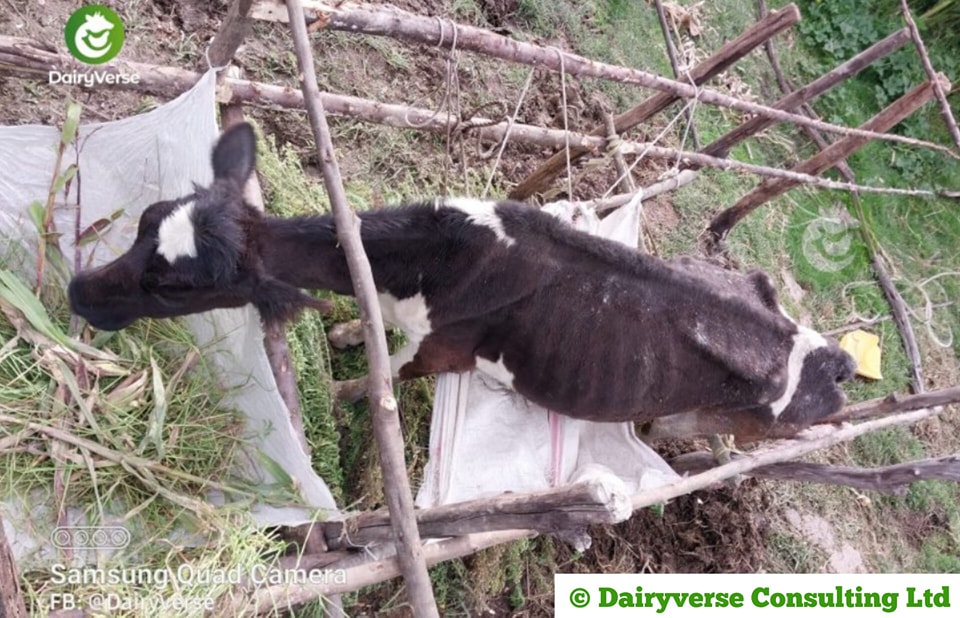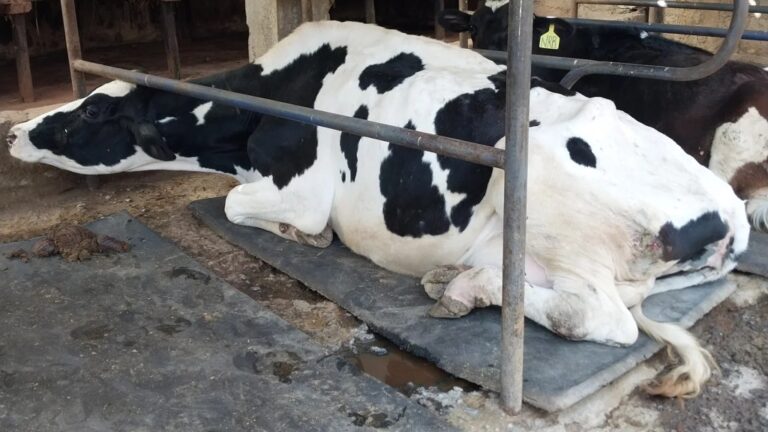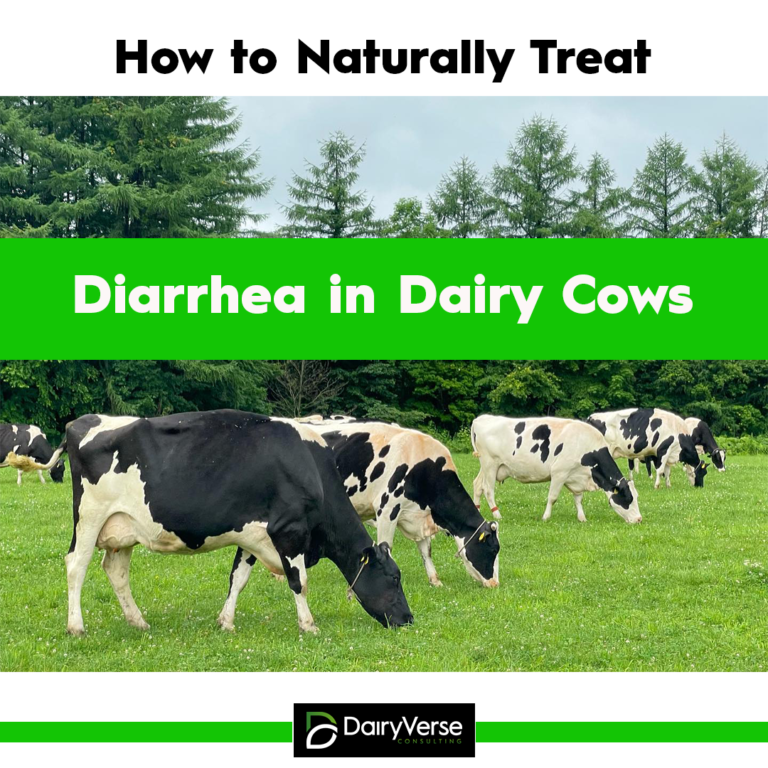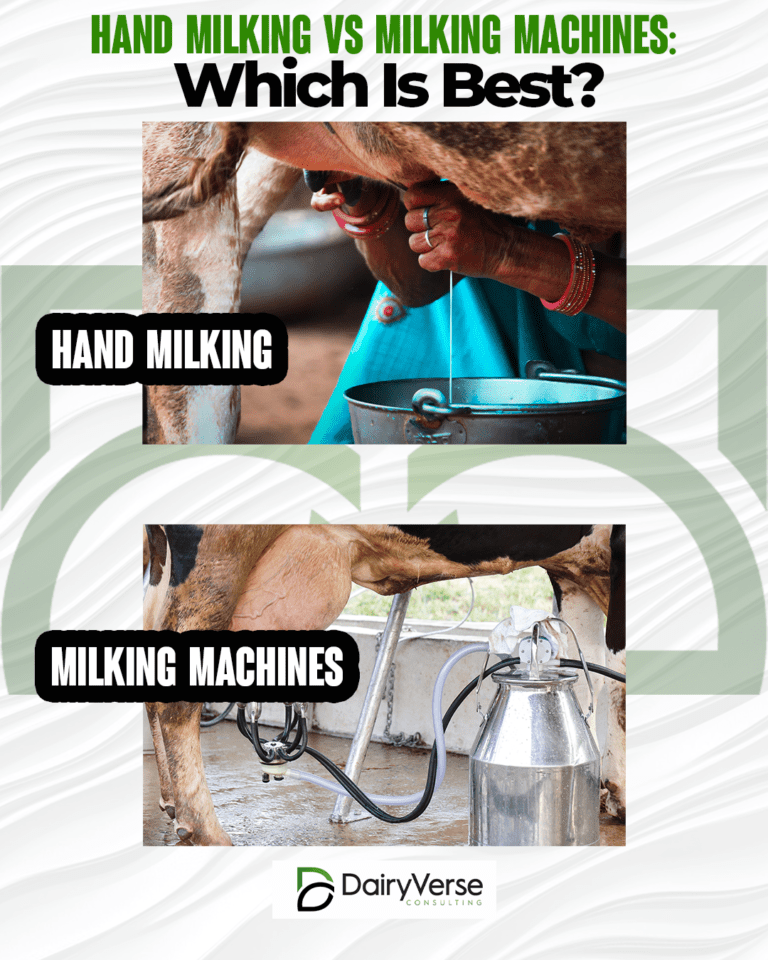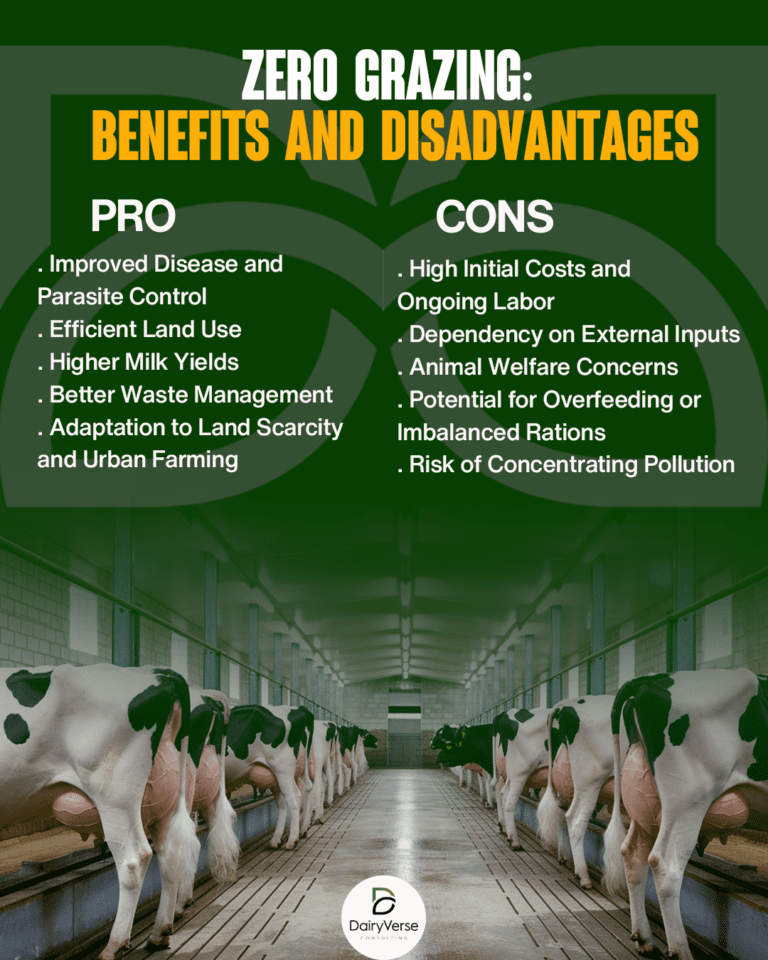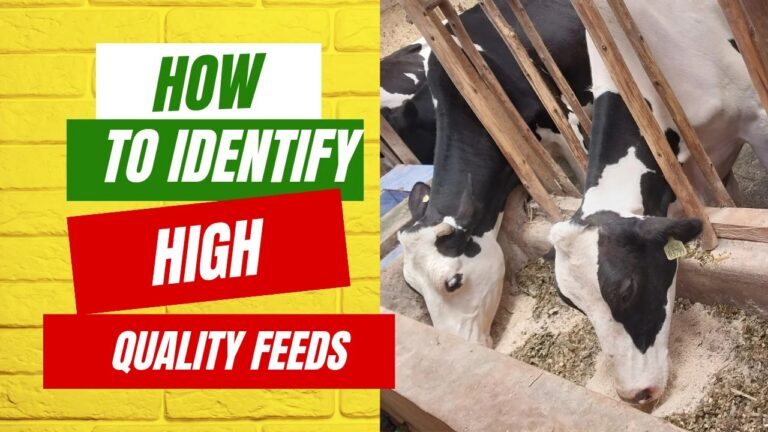The danger of using DCP on your incalf heifer or cow
We highly discourage use of high Calcium minerals on heifers and cows at advanced stages of pregnancy. High calcium mineral sources should be limited when the animal is 7 Months incalf.

The major reasons for this include;
1. The animal during late stages of pregnancy needs to train her body to utilize Calcium stored in body reserves – the bones as opposed to that provided through the diet.
2. Provision of high dietary Calcium will hinder the body from training the necessary glands and organs from releasing Calcium into the blood on need basis and this will lead to milk fever after calving.
3. High amounts of Calcium will lead to overgrowth of the developing calf which will in turn result in difficulties while giving birth (Dystocia). This leads to excessive stress on the animal and causes low production after calving. In adverse cases death of the calf or the dam may occur.

So what minerals should we provide the incalf heifer or cow during the last trimester?
You should only provide mineral licks that have low amount of Calcium. 5% Calcium will be ideal to stimulate the body to function normally and enhance supply of blood Calcium preventing the animal from the risk of milk fever and enhance milk production. Calcium is important in manufacture of milk. Mineral supplements that contains high levels of protein help in proper development of the udder. This ensures that your cow produces more milk after calving.
Tranzpro®️ a high protein and energy supplement should be introduced 18 days before calving and used for 36 more days after parturition (after calving). It boosts her immunity, maintains her appetite and body condition. To buy Tranzpro®️ please click here.
Learn more on proper care of incalf cows, click here.

Ketosis in Dairy Cows: Causes, Symptoms, and Prevention
Ketosis is one of the most common metabolic diseases in dairy farming, especially during the first few weeks after calving. It occurs when a cow’s energy demands for milk production are greater than the energy she takes in from feed.
How to Raise a Healthy, Productive Dairy Cow.
Raising a productive cow begins the moment the calf hits the ground. Follow this clean, practical path from day one…
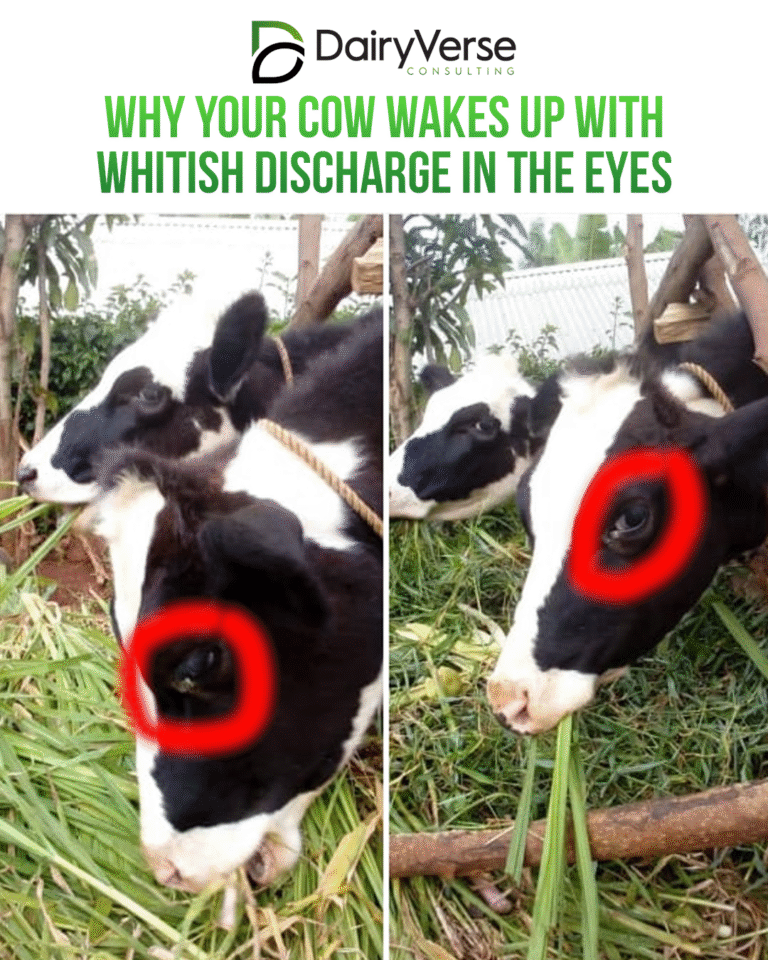
Why Your Cow Wakes Up with Whitish Discharge in the Eyes
It’s not unusual for farmers to notice whitish or thick discharge in the eyes of their cows early in the morning. While it may look like a minor problem, it could signal underlying health issues that need attention.
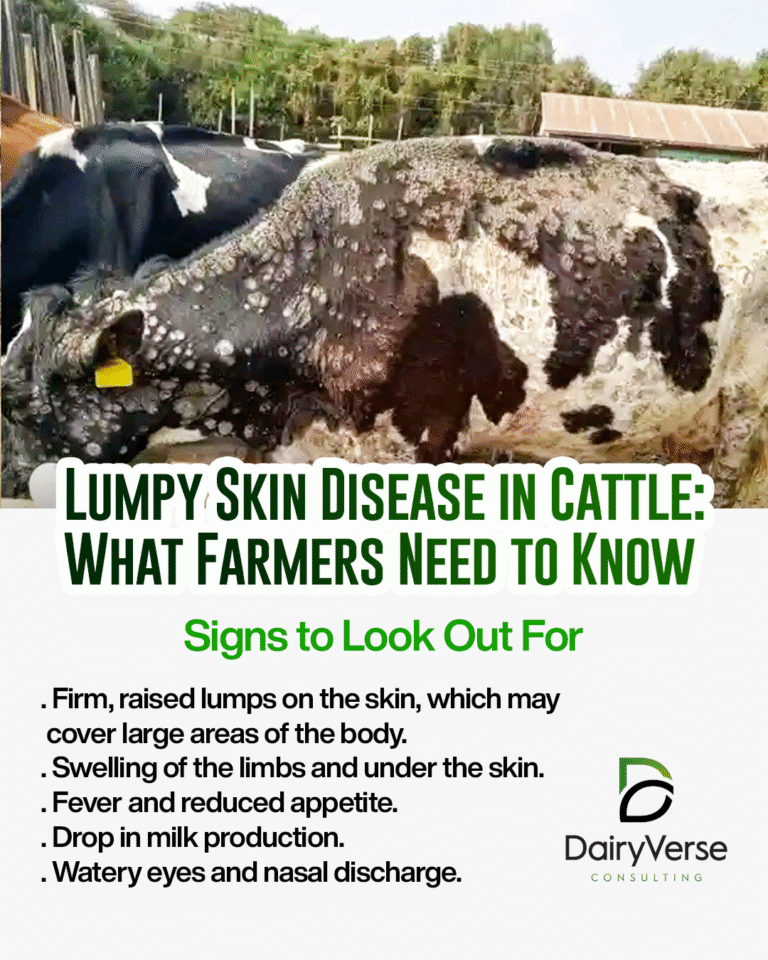
Lumpy Skin Disease in Cattle: What Farmers Need to Know
Lumpy Skin Disease (LSD) is a contagious viral disease affecting cattle, characterized by the appearance of firm, round skin nodules all over the body.
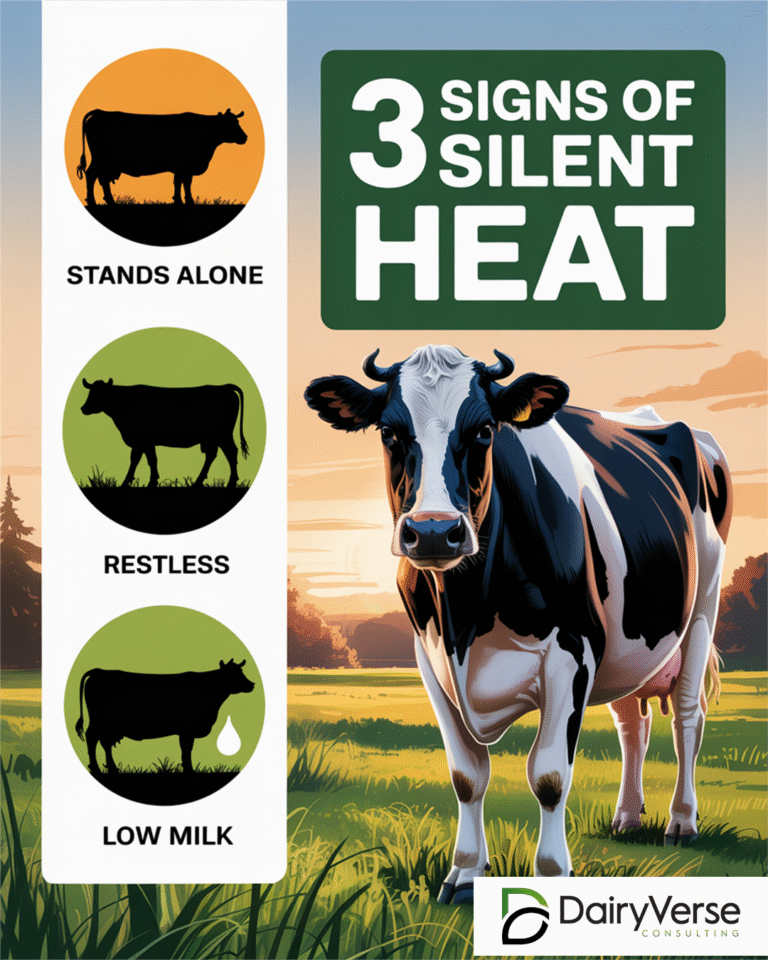
3 Signs of Silent Heat in Cows, and How to Solve It.
Silent heat occurs when a cow is in heat but shows little or no obvious signs, making it difficult for farmers to detect. This can lead to missed breeding opportunities and reduced fertility rates.
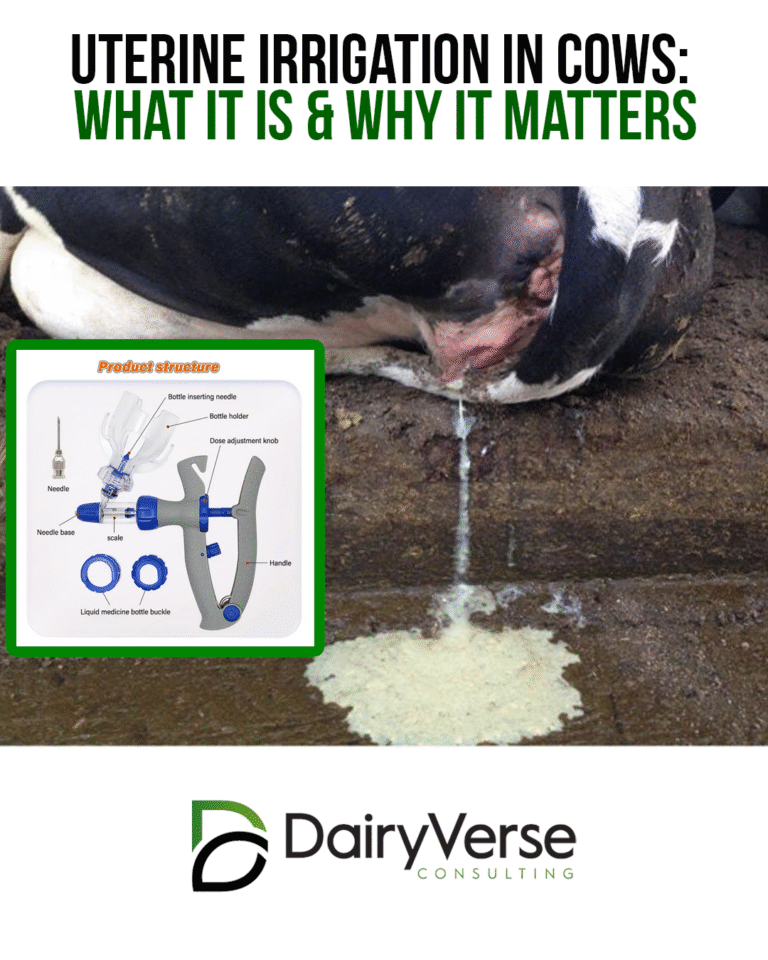
Uterine Irrigation in Cows: What It Is & Why It Matters
Uterine irrigation is the process of flushing a cow’s uterus with a sterile solution to remove infections, debris, or retained fluids after calving. It’s a simple but effective practice that supports reproductive health and boosts conception chances.

